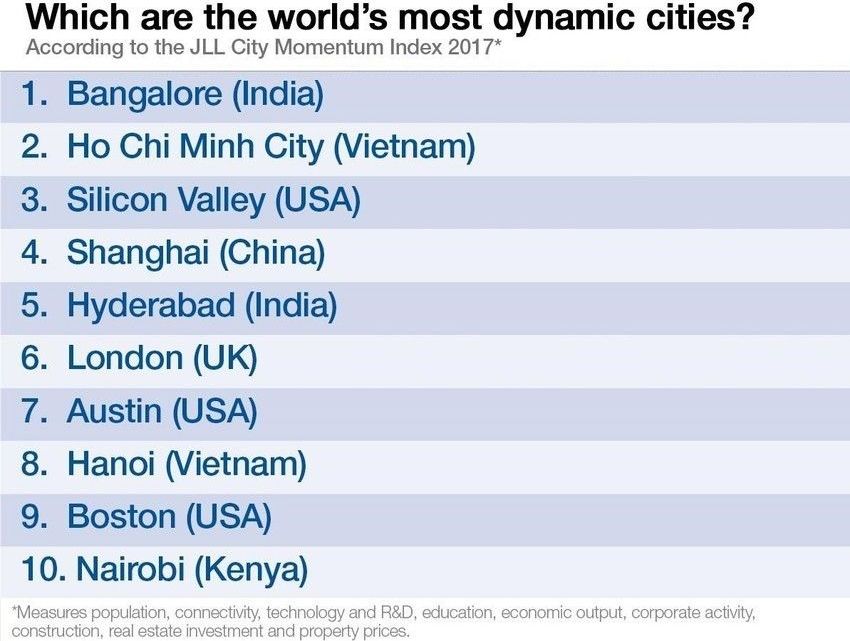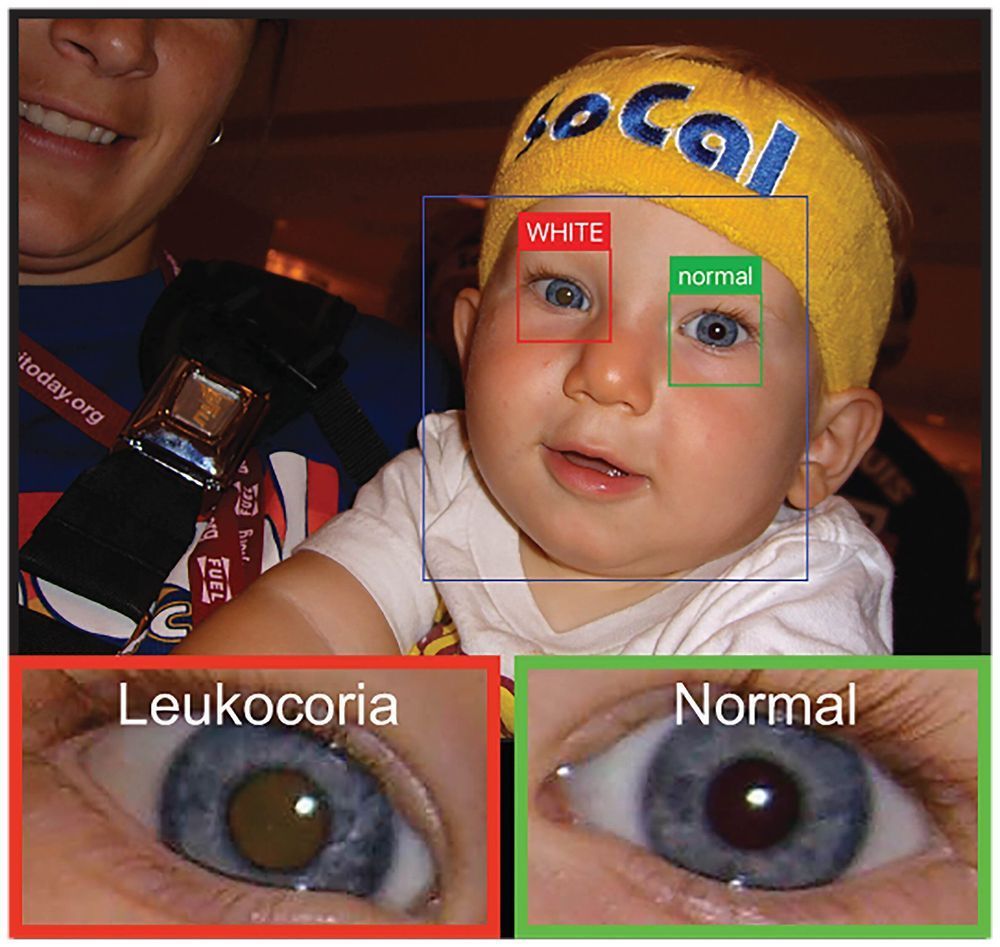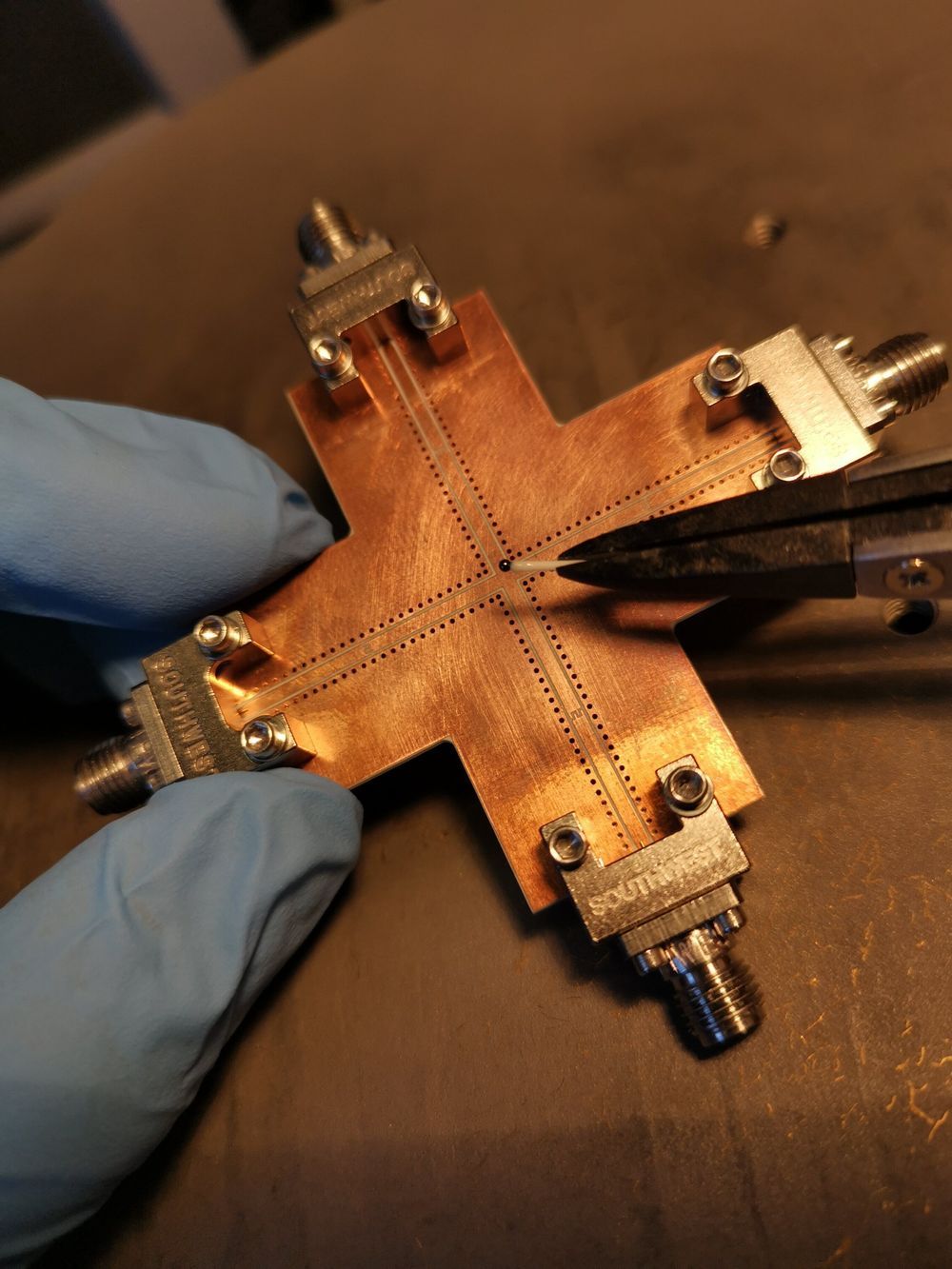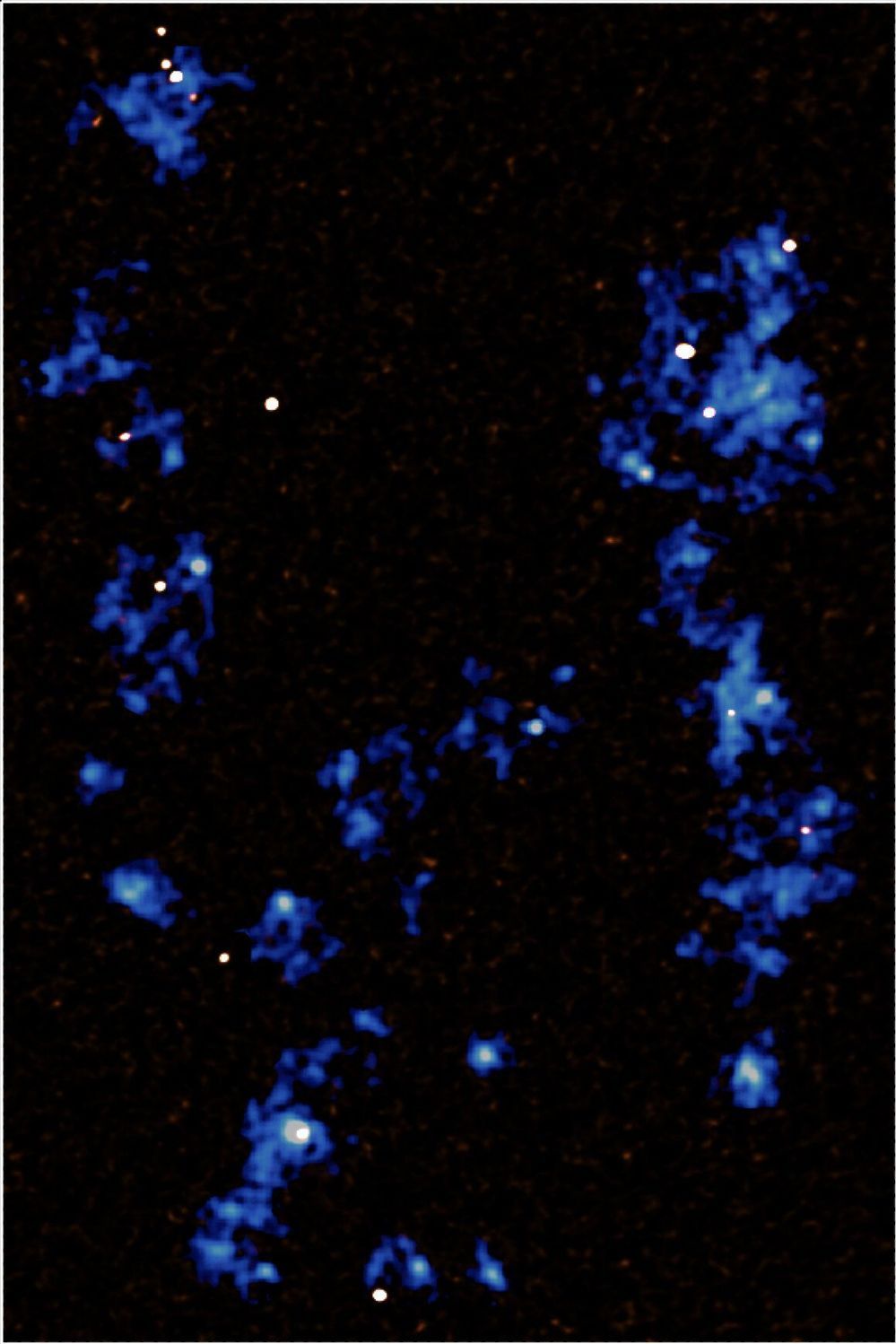DARPA expects to have a new commercial partner lined up for the Robotic Servicing of Geosynchronous Satellites spacecraft by the end of the year.



If India can continue to develop its urban centres and promote a Silicon Valley spirit of entrepreneurship, it could be in a prime position to achieve global tech hub status. Bengaluru (formerly Bangalore) in the south and Gurgaon in the north are two tech-savvy cities emblematic of India’s rapid urbanization. The country is set to become the largest contributor to the world’s urban population.
India has long branded itself as the world’s leading outsourcing destination for global companies, particularly for those in the technology sector — but in the Fourth Industrial Revolution, the time is ripe for the world’s most populous country to reinvent itself.
There is a burgeoning start-up and innovation culture, as shown by the Global Innovation Index, where India has improved its ranking from 81 to 52 between 2015 and 2019. In addition, the country has improved its reputation in terms of the risk posed to foreign investments and, in 2019, ranked third in the world in terms of attracting investment for technology transactions.
To maintain this momentum, India needs to further improve government regulations to encourage support for technological innovation, train tech talent and incentivize it to stay in the country and continue to improve its risk profile by attracting significant foreign and domestic investment in technology. Provided these favourable conditions can be met, India has unmatched potential to become the world’s next Silicon Valley.


A team of researchers from Baylor University, with assistance from staff at the Massachusetts Eye and Ear Infirmary, Harvard Medical School and the Dana-Farber Cancer Institute has developed and tested a smartphone app that is able to detect “white eye” in children by analyzing stored photographs. In their paper published in the journal Science Advances, the group describes how the app was developed and tested, and how well it works.
Most everyone has seen pictures of people seemingly possessed by the devil because their pupils glow red—this is caused by light bouncing off their retinas. However, such pictures sometimes produce white instead of red retinas. Sometimes it can happen due to ambient lighting conditions, but other times, it can indicate an eye ailment. Such problems can include retinoblastoma, a type of eye cancer, retinopathy, or even cataracts.
The idea for an app that could detect white eye came from the experience of one of the researchers, Brian Shaw, and his son, who developed retinoblastoma and subsequently lost an eye. The team developed the app and made it available to the public back in 2014, but it was not until more recently that the team decided to test the app to see how well it works.

As quantum objects are susceptible to their surrounding environment, quantum coherence and quantum states can easily be destroyed due to the impact of external signals, which can include thermal noise and backscattered signals in the measurement circuit. Researchers have thus been trying to develop techniques to enable nonreciprocal signal propagation, which could help to block the undesired effects of backward noise.
In a recent study, members of the dynamic spintronics group at the University of Manitoba in Canada have proposed a new method to produce dissipative coupling in hybrid quantum systems. Their technique, presented in a paper published in Physical Review Letters, enables nonreciprocal signal propagation with a substantial isolation ratio and flexible controllability.
“Our recent work on nonreciprocity in cavity magnonics is grounded in a research area combining cavity spintronics and hybrid quantum systems, which holds promise for constructing new quantum information processing platforms,” Yi-Pu Wang, a postdoctoral researcher at the University of Manitoba who was involved in the study, told Phys.org.

An international group of scientists led by the RIKEN Cluster for Pioneering Research has used observations from the Multi Unit Spectroscopic Explorer (MUSE) at the ESO Very Large Telescope (VLT) in Chile and the Suprime-Cam at the Subaru telescope to make detailed observations of the filaments of gas connecting galaxies in a large, distant proto-cluster in the early universe.
Based on direct observations, they found that, in accordance with the predictions of the cold dark matter model of galaxy formation, the filaments are extensive, extending over more than 1 million parsecs—a parsec being just over three light years—and are providing the fuel for intense formation of stars and the growth of super massive black holes within the proto-cluster.
The observations, which constitute a very detailed map of the filaments, were made on SSA22, a massive proto-cluster of galaxies located about 12 billion light years away in the constellation of Aquarius, making it a structure of the very early universe.

Dark matter was likely the starting ingredient for brewing up the very first galaxies in the universe. Shortly after the Big Bang, particles of dark matter would have clumped together in gravitational “halos,” pulling surrounding gas into their cores, which over time cooled and condensed into the first galaxies.
Although dark matter is considered the backbone to the structure of the universe, scientists know very little about its nature, as the particles have so far evaded detection.
Now scientists at MIT, Princeton University, and Cambridge University have found that the early universe, and the very first galaxies, would have looked very different depending on the nature of dark matter. For the first time, the team has simulated what early galaxy formation would have looked like if dark matter were “fuzzy,” rather than cold or warm.

After counting all the normal, luminous matter in the obvious places of the universe – galaxies, clusters of galaxies and the intergalactic medium – about half of it is still missing. So not only is 85 percent of the matter in the universe made up of an unknown, invisible substance dubbed “dark matter”, we can’t even find all the small amount of normal matter that should be there.
This is known as the “missing baryons” problem. Baryons are particles that emit or absorb light, like protons, neutrons or electrons, which make up the matter we see around us. The baryons unaccounted for are thought to be hidden in filamentary structures permeating the entire universe, also known as “the cosmic web”.
But this structure is elusive and so far we have only seen glimpses of it. Now a new study, published in Science, offers a better view that will enable us to help map what it looks like.

L AS VEGAS — At a biohacker conference convened here the other day, panelists took to the stage, settled into their chairs, and launched into their slide decks. Not Anastasia Synn.
With Frank Sinatra crooning “I’ve Got You Under My Skin” over the loudspeakers, Synn pulled out a giant needle and twisted it deeper and deeper into her left forearm as the music played on. It was only after finishing her routine, capped off by loud applause from the crowd of biohackers, that Synn sat down for a fireside chat about her work as a “cyborg magician.”
Synn has 26 microchips and magnets implanted throughout her body. Unlike many biohackers who experiment purely out of personal interest, Synn does it for her magic career. These days, she’s doing less performing on stage and spending more time designing bodily implants for other magicians.